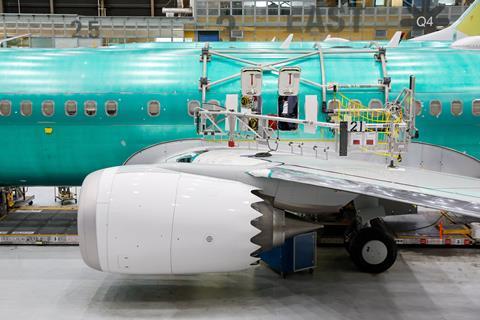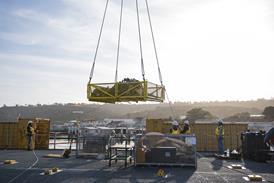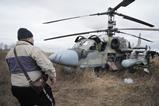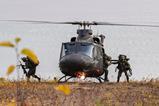CFM International has continued delivering Leap-1B engines to Boeing during the ongoing machinists’ strike, leading to the airframer accumulating an excess inventory of the powerplants.
As one of the mitigation measures for the strike afflicting its final assembly lines in the Pacific Northwest – including the Renton site that builds the Leap-1B-powered 737 Max – Boeing last month announced it was halting taking shipments from suppliers.

CFM – a joint venture between GE Aerospace and Safran Aircraft Engines – has previously been coy about the impact of the strike on production and deliveries of the Leap-1B, saying only that it was “committed to supporting our customer” and continued to “produce components and engines to meet the industry’s demand”.
But briefing analysts during its third-quarter revenues on 25 October, Safran chief financial officer Pascal Bantegnie said Boeing is still “taking delivery of all Leap-1Bs that we ship to them”.
Chief executive Olivier Andries underlines this, saying that Boeing “does accept Leap engine deliveries”. However, with production at a standstill, he admits that the airframer has built up “a low three-digit number” of excess engines.
CFM has cut its forecast for total Leap deliveries this year – including the -1A for the Airbus A320neo family and -1C for the Comac C919 – and expects to produce 10% fewer than 2023, based both on the lower-than-expected demand from Boeing and production bottlenecks, chiefly of high-pressure turbine (HPT) blades.
“Considering the situation, you understand that we will deliver less Leap engines to Boeing than we had planned at the beginning of the year,” says Andries.
In 2023, CFM shipped 1,570 Leap engines and at the beginning of this year, it expected to deliver 20-25% more in 2024, a figure that had reduced to a 10-15% increase by the time Safran revealed its first-quarter revenue at the end of April.
Certification of a new HPT blade design for the Leap-1A, part of the engine produced by GE, is expected in the coming weeks. This will improve time-on-wing and is easier to make, enabling higher output.
Andries says a similar enhancement for Leap-1B engines will be certificated by the end of 2025.
In the meantime, Safran has also accumulated excess inventory due to the ongoing machinists’ strike. This relates to both the low-pressure module of the Leap-1B and wiring kits for the 737 Max.
While Safran will attempt to reduce this inventory next year, “we will be mindful of making sure we soften a little bit the impact on our own supply chain”, adds Andries.
“We need to make sure our supply chain is ready to restart and ramp-up when we need,” he says.
Safran is continuing to “follow very carefully” around 20 “critical” suppliers across all its divisions, to prevent a recurrence of earlier disruption.
Although Andries says the overall situation is “progressively improving”, it is “not yet at point” where all the problems “are going to be completely behind us in 2025”.
In addition, Safran is ramping up output in its seating business, as it attempts to keep pace with airframer demand.
Andries says the company is “putting in place all the necessary resources” to make sure “we deliver on time”.































